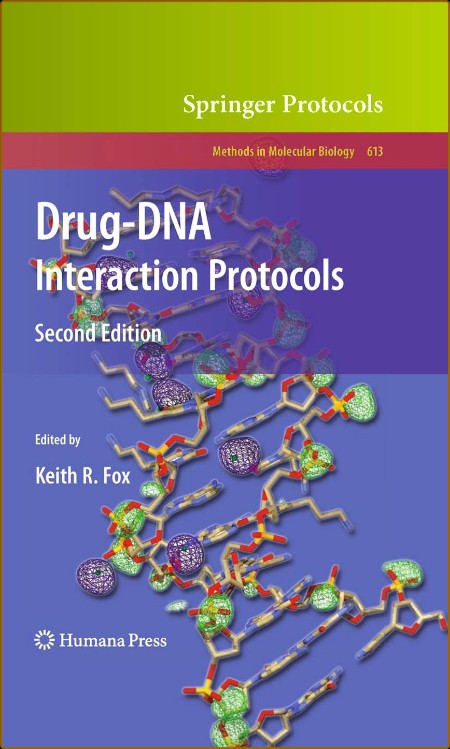
pdf | 27.21 MB | English | Isbn: 978-1617796746 | Author: Keith R. Fox | Year: 2010
Description:
DNA has been known to be the cellular target for many cytotoxic anticancer agents for several decades. The knowledge of its structure in atomic detail and the ease with which DNA fragments (both synthetic oligonucleotides and natural sequences) can be prepared and manipulated has aided the design of compounds that bind to it with improved sel- tivity. On the basis of this information, new generations of sequence reading compounds (including triplex forming oligonucleotides and minor groove binding ligands) have been prepared, which have the potential for targeting specifc DNA sequences as anti-gene agents. Within the last 10 years, it has also become apparent that the familiar DNA duplex is not the only structure that can be targeted by DNA-binding ligands and there has been increased interest in triplex and quadruplex structures as drug targets, as well as protein- DNA complexes, such as those with nucleosomes or topoisomerases. Each of these advances has required the availability and development of an arsenal of techniques for probing the interactions in both qualitative and quantitative terms. This v- ume of Methods in Molecular Biology brings together several techniques that are currently useful for examining these interactions. Some of these are updates on ones that were included in the earlier volume (Methods in Molecular Biology 90), published 12 years ago, while others are new.

- Подпись автора
www.prizrak.ws Аниме Форум. Софт, игры, фильмы, музыка, anime скачать бесплатно ^_^

